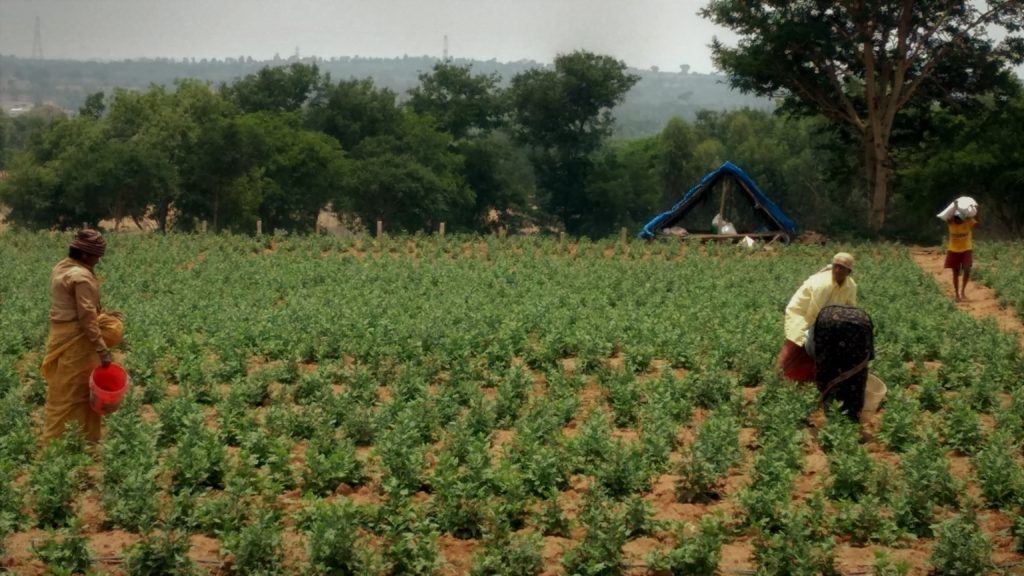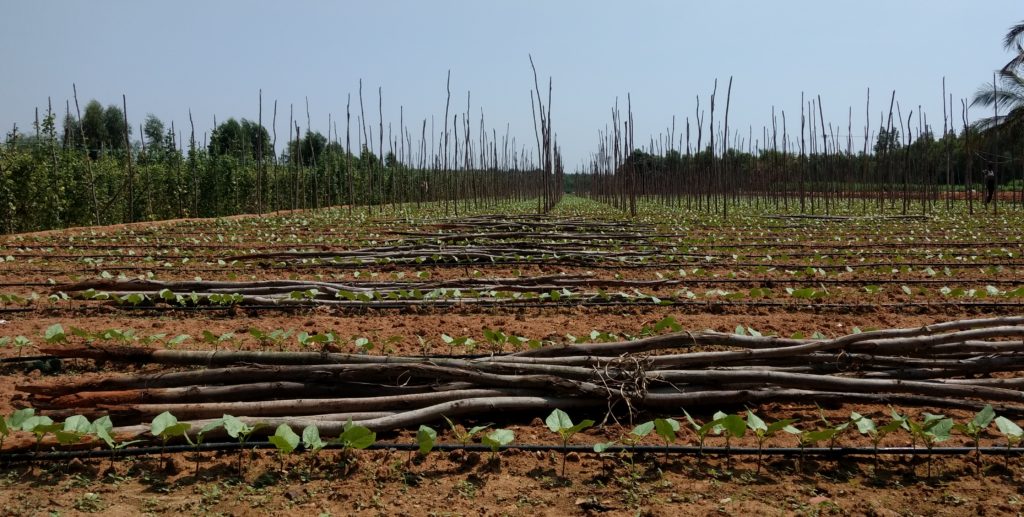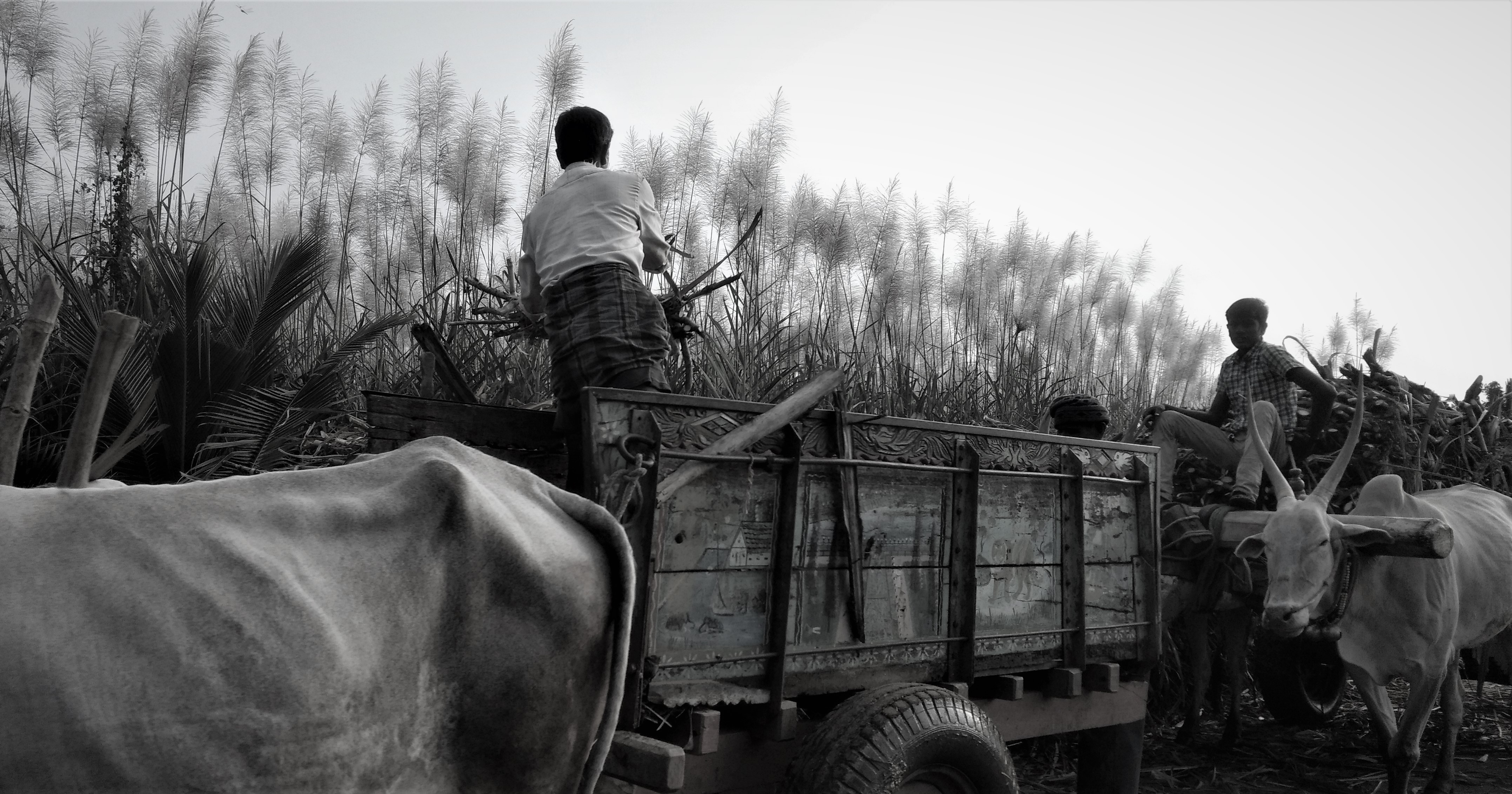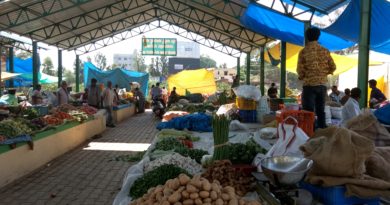A Walk on the Sickle’s Edge: When Looking for Farmers in the Union Budget 2018
|
Mannira.in Channel സബ്സ്ക്രൈബ് ചെയ്യൂ.
|
A series of historic events that cause far-reaching implications often starts, as always in the history books, with unbelievably trivial objects. It is interesting to check on the fact that the modern word “budget” derived from the Middle English word “bowgette”, which in turn stemmed out from the Middle French word “bougette” meaning a leather bag, over a course of years of mismanagement of public funds by rulers. Being said that, the concept of a budget has evolved as a pivotal strategic framework that can empower the most vulnerable classes of a country to take a great leap, or jolt them into the worse.
Many things have been said and written about the “Union budget 2018,” the fourth and the last by the incumbent National Democratic Alliance (NDA) regime. The farmers, small businesses and vendors, who had a rough patch due to government’s bewildering economic shake-ups like demonetisation and GST, awaited the budget with apprehension. As compared to the relatively privileged among the middle and upper classes, farmers have been the most vulnerable because of economic, social, natural, and political reasons for the last few fiscal years. And, as expected, the budget was projected as a pro-farmer one, with plenty of schemes and funds for uplifting desperate Indian farmers.
Also Read: How Kudumbashree Redeemed the Fallen Agrarian Angels as Agripreneurs

But, it turned out that the most important provision in the budget for the farmers is a Minimum Support Price (MSP) of one and half times the cost of cultivation. Some other offerings like funds for Gramin Agricultural Markets (GrAM) and eNAM (an electronic platform for online trade), the upgradation of 22,000 rural haats as producer-seller hotspots, a new export policy to boost export of agri-commodities, an additional bounty for non-crop sectors like dairy, livestock, fisheries, and aquaculture, proposals to generate more farm and non-farm jobs through cluster-based organic cultivation of aromatics and medicinal plants, income tax exemption for Farmer Producer Companies, Operation Green, and National Bamboo Mission are also there in the basket.
When it comes to prepare a budget for the complex Indian agricultural scenario, the key factor is to find a perfect balancing point between the long-term and short-term goals. The trump card of the budget, the MSP which guarantees farmers a 50% return on their production cost, needs to be tested and proved its competency as a short-term measure. Because the cost of production in the Indian agrarian sector is a contentious issue and the process of procurement by state agencies like Food Corporation of India (FCI) is somewhat skewed.
Moreover, the allocation for market intervention and price support scheme is cut short from Rs 950 crore in 2017-18 to a mere Rs 200 crore in 2018-19. There is a huge vacuum of measures to address demands for loan waivers and drought relief funds by the farmers in the budget. The inconsistency between short-term and long-term goals is also evident in the negligence of the rural job assurance scheme, the Mahatma Gandhi National Rural Employment Guarantee Scheme (MGNREGA). Since a competent labour force is crucial to the cost-efficient agricultural operations, this will adversely affect the long-term gains of the farming sector.
Even though the target for agricultural credit has been raised to Rs 11 lakh crore from Rs 10 lakh crore last year, how many of small and marginal farmers have access to this is yet to be seen. Whether this can cover issues like investments for land, irrigation, farm machinery, and power, is another crucial question whose answer is unclear in the budget. The debt-ridden farmers have nothing to hold on to in the budget when it comes to climate change, global warming, weak rainfall, unpredictable draught, declining soil fertility, and threatening pests and crop diseases, some fatal causes that pushed a number farmers into suicides.
In a broader sense, the majority of the bounties proposed in the budget are divisive in nature, which can destabilise the raging farmer agitations as the big farmers would prefer to stay away from protests. Ironically, the lack of clarity and dexterity of finding the balancing point between short and long-term goals is absent when budget puts forward a roadmap to transform Indian agriculture into an enterprise. This trend can be read along the lines of the trends in the global economy, which envisions agriculture as an enterprising manufacture with huge investment, latest mechanisation and advanced technology, with a reduced role for the farmers a mere contractual entity under agri-corporates.
The union budget indeed shows some intent to uplift the farmers and connect them to the international agri-business network. With the possibilities of export bans, minimum export pricing and setting up of stock limits are looming over the farmers, how the government will stick onto its commitments towards WTO and trade agreements without taxing on a frailing domestic agriculture sector is still ambiguous. Subsidies that developed countries like the United States showering on their farmers and agri-businesses remain immediate international issues to be solved.
Also Read: Organic Farming: Breaking the Puritan Myth and Searching for the Truth

These subsidies are responsible for depressing global prices of agricultural produce and bankrupting most of the farmers in developing countries. Indian farmer organisations are relentlessly agitating with the demand that the government should not compromise the livelihood and income of farmers. The problem of the NDA government, and its predecessors, lies in the failure to fix a balancing point in the midst of conflicting interests like food security of the nation, income security of the farmer, long-term and short-term financial goals, agri-exports, international trade pacts, domestic prices, and political demands of the ruling party.
With the scars of the green revolution on the body and the wounds of a liberalised economy on the soul, the Indian agricultural sector is at the crossroads of various concerns. The need of the hour is undoubtedly a coupled strategy of short-term policies, which address farmers’ debt, credit growth, stable crop insurance, irrigation, warehousing, mechanisation, and availability of skilled farm labour, and long-term policies, which envision a comprehensive framework to ensure food security, better standard of living for the farmers and a sustainable agri-industrial model. According to an extended definition of the butterfly effect, “small” occurrences like a farmer hanged himself because of debt, a sack of potatoes thrown on the street as a protest, or a group of farmers consuming their own urine and faeces can collectively change the course of a nation forever, and it may not be accommodated with a brown leather bag full of rhetoric, as always.
Also Read: How GST Can Reinvent Hope for the Crops and Change the Plight of the Indian Farmer
|
Mannira.in Channel സബ്സ്ക്രൈബ് ചെയ്യൂ.
|


